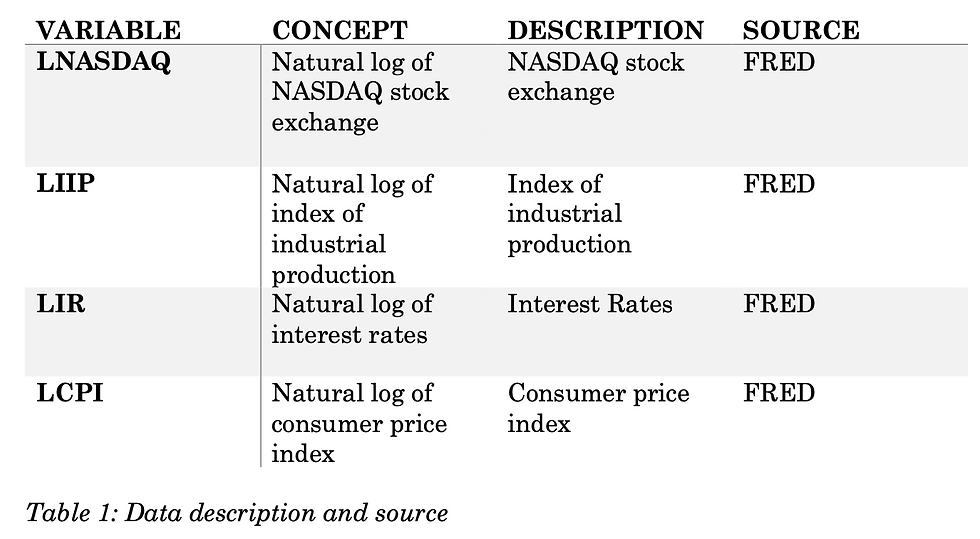Infinite Growth on a Finite Planet: Rethinking GDP
- Loredana Mehmeti
- Jan 28, 2021
- 3 min read
For decades, Gross Domestic Product (better known as GDP) has been the go to measure of progress. When it goes up, it’s seen as a sign that everything’s on the right track. When it goes down, alarm bells ring. It’s the headline figure quoted by politicians, business leaders, and news outlets alike. But here’s the thing: our entire economic system is built on the belief that GDP will—and should—keep growing indefinitely. And that belief is becoming harder to defend in a world facing environmental and social limits.
The Growth Obsession
Economic growth is so deeply embedded in our thinking that we rarely question it. Governments structure their budgets around it, businesses are built on forecasts of rising profits, and pensions rely on markets that are expected to expand. The idea that next year should always be “more” than the last is just taken as common sense.
But in the 21st century, that assumption looks increasingly shaky. We’re up against some serious planetary boundaries—climate change, resource depletion, loss of biodiversity. Yet the system marches on, demanding more consumption, more production, more everything, as if the planet can somehow keep up.
GDP: A Blunt Tool
GDP only measures the total value of goods and services produced in an economy. It doesn’t care whether that production is helping or harming society. Chop down a forest and sell the wood—GDP rises. Spend millions clearing up after a flood—GDP rises. But if communities become healthier, happier, or more connected in ways that don’t involve money changing hands, GDP doesn’t register it at all.
It also ignores whether that growth is sustainable. An economy that grows by burning through its natural resources and widening inequality can still post “healthy” GDP figures. But that doesn’t mean things are going well in real terms.
Looking Beyond Growth
More people are starting to ask: is GDP really the best measure of progress? Alternatives like the Genuine Progress Indicator (GPI), the Human Development Index (HDI), and frameworks like Doughnut Economics are gaining traction. These models take a broader view, considering wellbeing, sustainability, and fairness—not just output.
They ask better questions. Are people’s needs being met? Are we living within environmental limits? Are we investing in the future or just papering over the cracks?
Prosperity Redefined
This isn’t about anti-growth doom and gloom. It’s about shifting our priorities. Instead of measuring success purely in economic terms, we could value things like clean air, stable communities, meaningful work, and a liveable planet. We can build economies that thrive—without being addicted to endless expansion.
That might mean focusing on resilience rather than profit, regeneration rather than extraction, and quality of life rather than quantity of output. In many ways, it’s a return to common sense: we can’t keep taking more from the Earth than it can give, and we can’t keep pretending that material wealth is the only thing that matters.
Conclusion: Time for a New Direction
GDP has had its moment. It may have been a useful measure during times of industrial expansion, but it’s no longer fit for the challenges of our time. The pursuit of infinite growth on a finite planet isn’t just unrealistic—it’s harmful.
If we want a fairer, greener, and more resilient future, we need to stop asking how fast our economies are growing and start asking whether they’re working—for people and for the planet. It’s not about abandoning ambition. It’s about redefining what we’re aiming for.




Comments